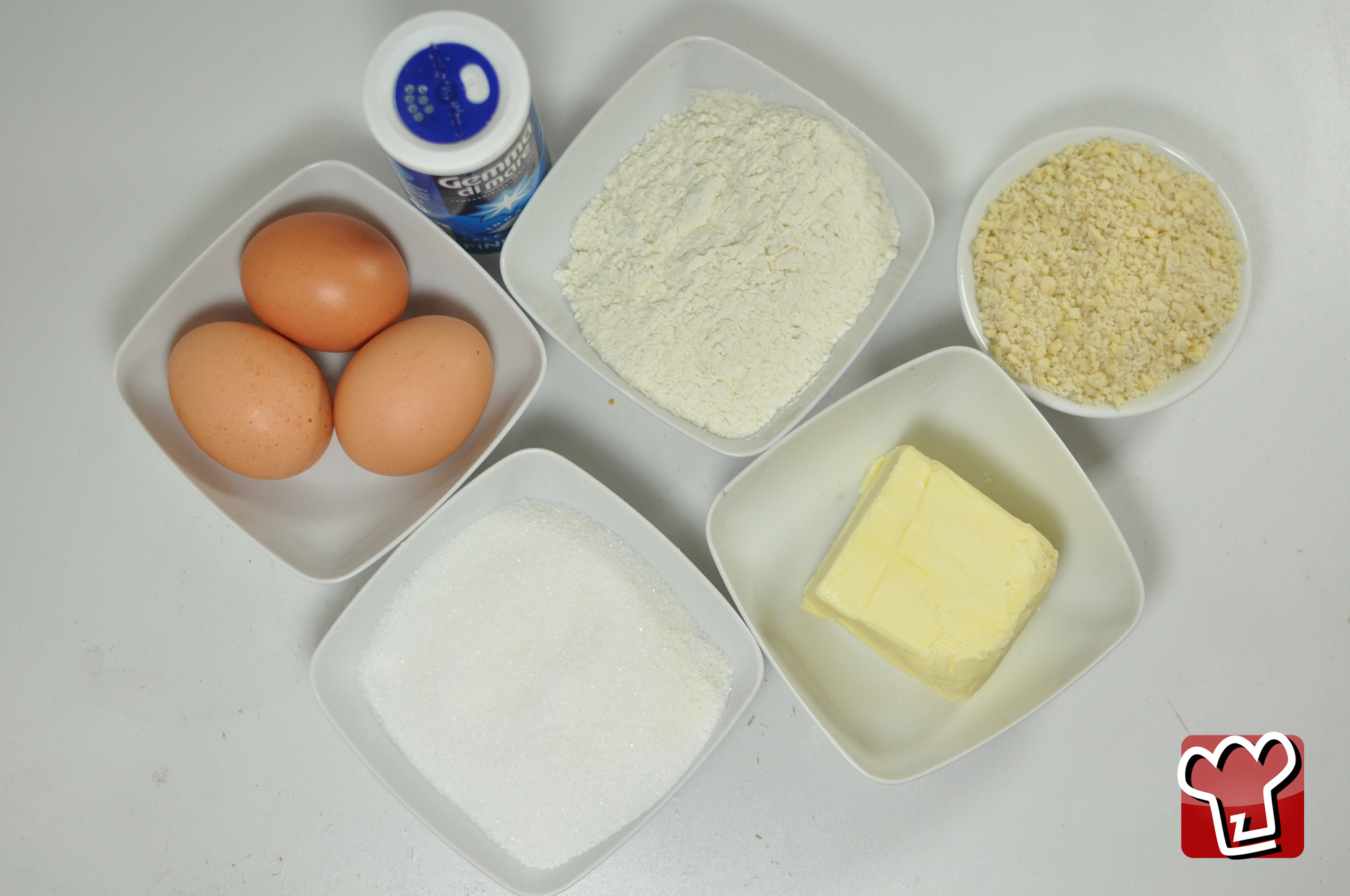Paduan layered cake
This layered cake – known as ‘Pazientina’ - is a typical cake from Padua, a layer cake composed of ‘Brescia cake’ and another layer of ‘polentina di Citadella’ alternating with two layers of a custardy cream. The cake is usually served glazed with dark chocolate and decorated with ribbons of chocolate or chopped almonds. The use of the ‘polentina di Citadella’ in making the cake is interesting: this is an ancient sponge cake, typical of the town Citadella and the surrounding area. The name of this cake refers to the use of maize flour in one of its variants. The birth of the Pazientina cake dates from 1600 and there are two legends: the first tells of the tradition of offering convalescents a slice of this cake as a tonic, because of its hearty and rich ingredients; the second, which suggests the name of the dessert, is linked to the patience necessary for its laborious and complex preparation. There is indeed a long preparation time, but those who make the effort will be repaid by the sublime excellence of the result. In September 2000, in Prato della Valle, the largest Pazientina cake ever was made, and entered the Guinness Book of Records.
Ingredients
-
sugar 120 grams
-
"00" flour 30 grams
Dough
-
sugar 150 grams
-
butter 150 grams
-
Flour 100 grams
-
salt
Stuffing
-
sugar 300 grams
-
Flour 80 grams

Send the recipe
Preparation
Prepare the ingredients for the layered cake: 4 eggs, salt, 60g of potato starch, 30 g of flour, 30 g of corn flour, baking powder. Beat the egg whites until stiff. In a clean bowl beat the egg yolks with the sugar, then sift in the potato flour, wheat flour and cornflour, baking powder and salt. Stir into the egg and sugar mixture gently. Grease and flour a 22cm springform cake tin and pour in the mixture. Bake in oven at 180 °C for about 30 minutes. Let it cool and tip the cake out. Cut into 3 thin slices, you will need only one. Now for the preparation of the ‘Bresciana’ base. Get all the ingredients: 3 eggs (you need only the egg whites), flour, sweet and bitter chopped almonds, butter, sugar and a pinch of salt. Beat the egg whites until stiff. Beat the sugar with the butter, add the flour, a pinch of salt and the ground almonds. Fold in the egg whites and transfer to a springform pan (which you previously used for the polenta), again buttered and lightly floured. Spread the mixture in a thin layer and cook at 180 °C for about 30 minutes. Remove from the oven and let cool. Now for the preparation of the ‘crema’: 5 egg yolks, sugar, flour and Marsala. In a saucepan, mix the egg yolks and sugar well. Pour this mixture into the sifted flour and mix well to avoid lumps. Mix in the Marsala slowly, stirring as you pour the wine in a thin trickle. You must obtain a homogeneous mixture without lumps, so cook on the stove slowly, stirring constantly, until the ‘crema’ thickens. Transfer the ‘crema’ into a bowl and let it cool. Assemble the cake: spread half the ‘crema’ onto one slice of the ‘Bresciana’ almond cake, cover this slice with the ‘polenta de Citadela’, sprinkled with curaçao or alchermes or another sweet liqueur. Glaze with the other half of the cream. Let it stand in a cool place. Smooth the surface well, then glaze with melted dark chocolate
Step by step
|
View the step by step
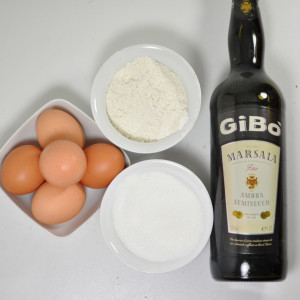
|
Get all the ingredients: 5 egg yolks, sugar, flour and marsala
|
|
View the step by step

|
Get the ingredients for the ‘Citadella’: 4 eggs, fine salt, 60g of potato cornflour, 30g of flour, 30g of polenta, baking powder
|
|
View the step by step
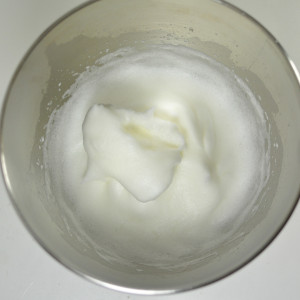
|
Beat the egg whites until firm
|
|
View the step by step
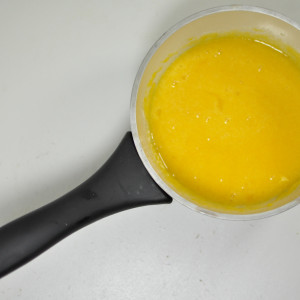
|
In a bowl, beat the egg yolks and sugar together well
|
|
View the step by step

|
Beat the egg whites until firm
|
|
View the step by step
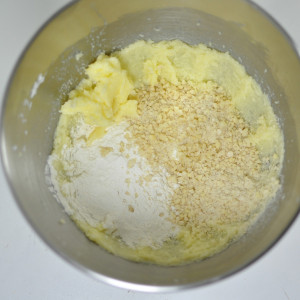
|
Work the sugar together with the butter, add a sprinkle of flour, a pinch of salt, and the finely ground almonds
|
|
View the step by step
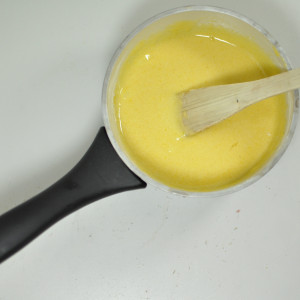
|
Add the sifted flour to the egg and sugar mixture and mix well, avoiding any lumps
|
|
View the step by step

|
In a clean bowl beat the egg yolks with the sugar, then add the sifted cornflour, wheat flour and polenta, baking powder and salt. Stir into the mixture gently.
|
|
View the step by step
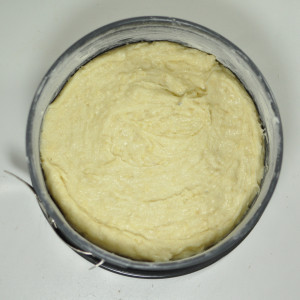
|
Fold the egg whites into the flour mixture and transfer it the springform pan (which you have previously used for polenta), once again buttered and floured. Spread the mixture into a thin layer and cook at 180 °C for about 30 minutes.
|
|
View the step by step
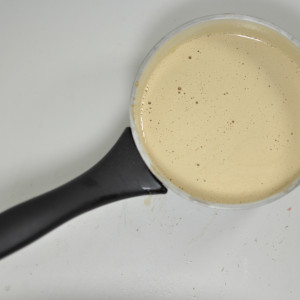
|
Mix slowly whilst pouring in the liqueur. You must obtain a homogeneous mixture without lumps, so cook slowly, stirring constantly, until the cream thickens.
|
|
View the step by step
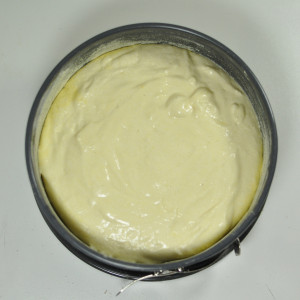
|
Butter and flour a 22cm springform cake tin and pour in the cake mixture. Cook in a pre-heated oven at 180°C for about 30 minutes.
|
|
View the step by step
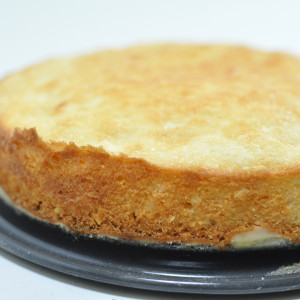
|
Remove from the oven and cool
|
|
View the step by step
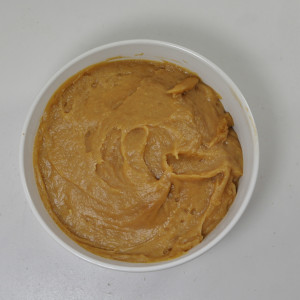
|
Transfer the ‘crema’ to a basin and let it cool
|
|
View the step by step

|
Let it cool and remove from the tin. Cut into 3 thin slices, you will need only one
|
|
View the step by step
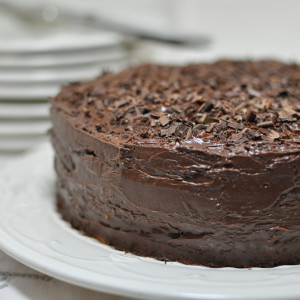
|
Now assemble the cake
|
|
View the step by step
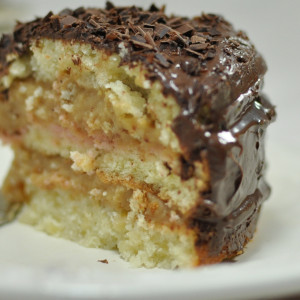
|
Serve the cake after having left it to stand for a few hours
|




